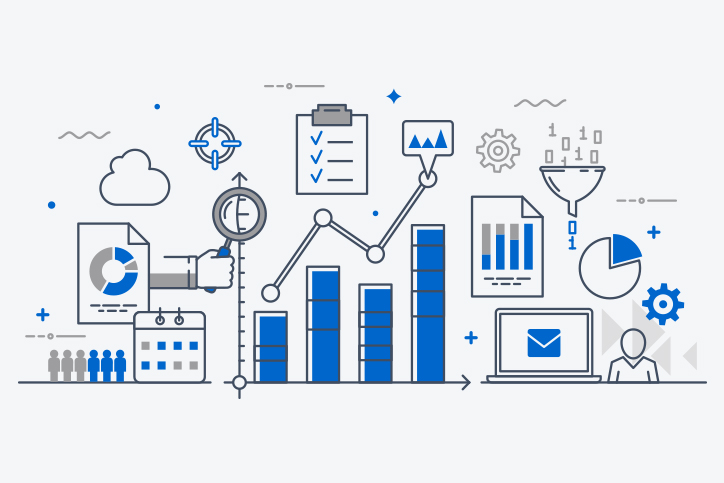Many of today’s companies recognize that their employees are the key to their success. Whether their people help drive innovation, create great customer experiences, or follow through on efficiencies, engaged and productive workers typically lead to a successful business. Right now, retaining employees is a hot topic. The Right Point System is a Reward In […]
Read More >Forecast Employee Schedules with Labor Analytics
- nettime solutions staff

One of the great things about attending HR trade shows around the country is that we have the opportunity to meet professionals who are facing the challenges that we, a time and attendance software provider, aim to solve. We meet CFOs who want to better understand PTO liability, payroll managers who are buried in paper timesheets and who are tired of wrestling with Excel spreadsheets, IT managers who are burdened by antiquated on-premise server maintenance, and HR directors who long to champion innovative solutions for their organizations.
While we were at SHRM’s 2014 annual conference in Orlando this past June, we heard of yet another issue that we are thrilled to be able to solve. The HR manager for a city was struggling with the scheduling of firefighters and police officers. She found they were constantly juggling the scheduling parameters provided by the firefighters’ and police officers’ unions, necessary hours needed for on-site maintenance and critical paperwork, hours for emergency response (of course), and the necessary time off these professionals need to both rest and recuperate as well as take vacations with their family and loved ones. What she desired was a simple way to access work hours (including specific project hours) one, two and even three years back to identify trends that would aid in forecasting for creating schedules in the future.
There are some industries that clearly have seasonality to them. For example, if you run a ski resort, your workforce needs are obviously going to be different in the winter than they are in the summer. If your company specializes in school supplies, you can always anticipate a surge in orders at the start of the school year, right around Labor Day. But in many cases there is an often-undocumented flow that doesn’t necessarily coincide with the falling of leaves. Unfortunately, much of that workflow intelligence can be categorized as institutional knowledge that, when not documented properly, can disappear as employees move on to other opportunities.
What trends might you uncover if you carefully tracked your workforce hours by location, by department, and even by job type? Are there shifts in the amount of work needed or the type of work at various points throughout the year? Does workflow change during a national election year or when a local sports team has a home game?
Tracking time consistently and delineating work type can provide you with valuable labor analytics you can use to help you make better employee scheduling decisions. Even better, with time and attendance software like stratustime, the built-in employee scheduling feature makes it easier than ever to identify those trends and then create employee schedules that will meet the needs of your organization.




